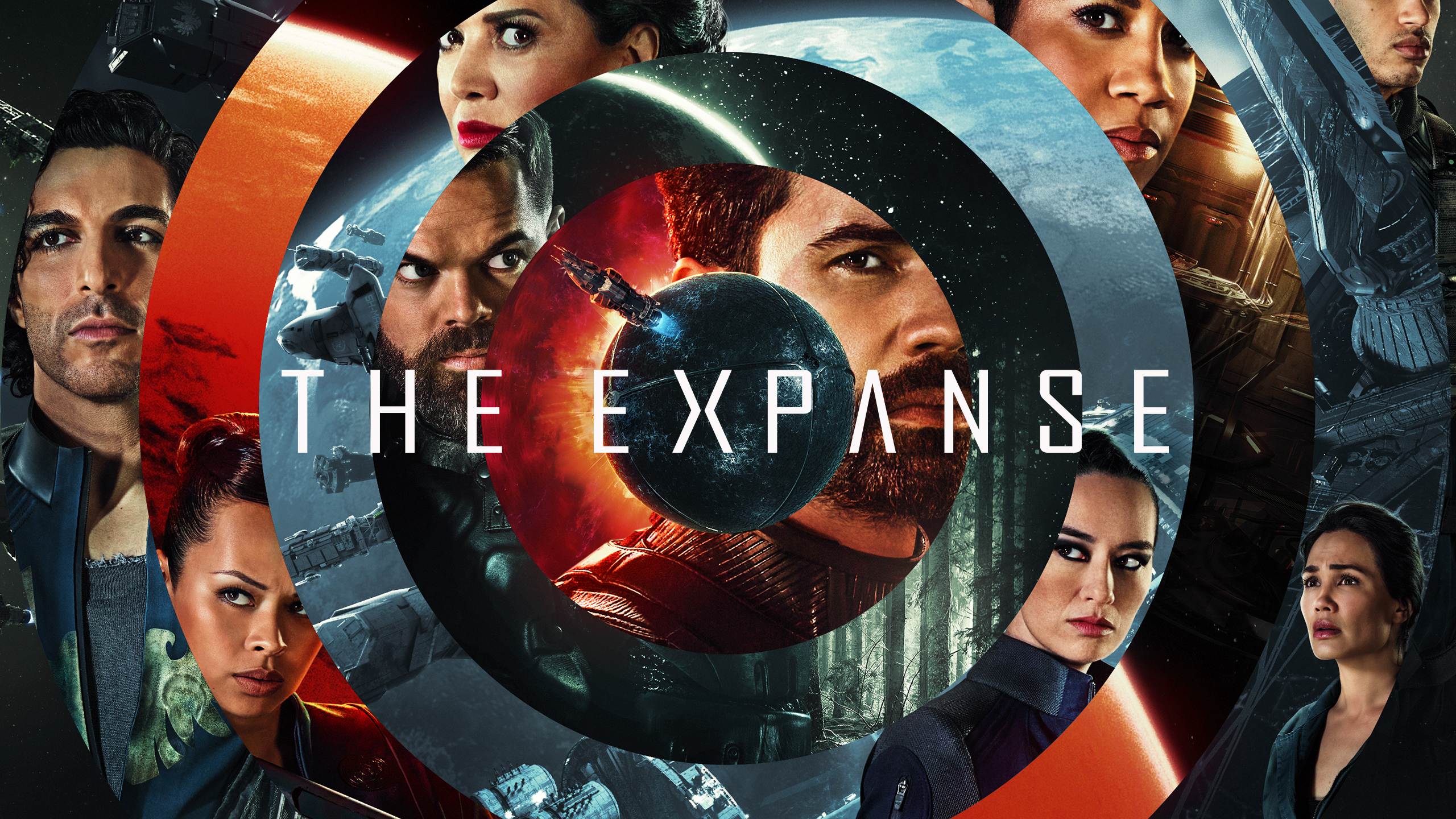NASA, X Prize Foundation Shoot For the Moon
UPDATE: Story first posted 12:37 p.m.EDT
LOSANGELES, California -- A Lunar Lander Analog Challenge is being spearheaded byNASA and the X Prize Foundation--a $2.5 million dollar NASA CentennialChallenge dedicated to enhancing the space agency's return to the Moon effort.
Details of thechallenge were outlined here today by NASA's Deputy Administrator Shana Dale atthe International Space Development Conference. X Prize Chairman, PeterDiamandis presented the rules and officially opened the competition for teamregistration.
"NASA'scontribution to the Lunar Lander analog challenge is $2 million. This is themost significant investment yet, in terms of prizes that we're doing under theCentennial Challenges," Dale told SPACE.com.
Dale saidthat NASA is looking at ways the space agency can tap into innovation in theprivate sector. That means working with traditional aerospace, entrepreneurialcompanies involved in aerospace, as well as high-tech firms that have nobusiness at all with NASA, she added.
Nicemarriage
"In thecase of this competition, it is really a marriage of the kind of rockets, thekind of landing systems we need for the return to the Moon," said BrantSponberg, Program Manager of Centennial Challenges at NASA Headquarters inWashington, D.C.
Breaking space news, the latest updates on rocket launches, skywatching events and more!
"We're alsotrying to tap into some of the suborbital guys that are interested in verticaltakeoff, vertical landing. It's a nice marriage," Sponberg told SPACE.com.
Forexample, John Carmack's Armadillo Aerospace as well as the tight-lipped BlueOrigin company bankrolled by Jeff Bezos, founder of Amazon.com, are bothworking on vertical launch and landing vehicles.
Repeatthe feat
The idea isto have competing teams demonstrating their vehicle's ability to launchvertically, hover in mid-air, land on a target more than 100 yards away andthen repeat the feat.
The $2.5MLunar Lander Challenge will require a vehicle to simulate a trip between theMoon and low Moon orbit. The competition is divided into two courses. The moredifficult of the courses--level 2--requires a vehicle to take off from adesignated launch area and elevate to at least 50 meters. It must then fly forat least 180 seconds before landing precisely in an area simulating a rockylunar surface 100 meters away.
The vehiclehas the option to refuel before repeating the requirements of the first legwhile traveling back to the original launch area. The less difficult of the twocourses, level 1, requires a minimum flight time of 90 seconds and has a flateven surface on which to land and refuel.
NASA andthe X Prize Foundation have signed a Space Act Agreement to formalize theircollaboration on a Lunar Lander Challenge.
The SpaceAct Agreement states that the X Prize Foundation, which provided the catalystfor the recent explosion in private spaceflight companies with the Ansari XPrize, will administer and execute the competitions at no cost to NASA.
NASA willprovide prize funding to the winning contestants.
Novelprogram
The Lunar LanderChallenge will be held at the X Prize Cup in Las Cruces, New Mexico, startingin October 18-21 of this year.
NASA'sCentennial Challenges promotes technical innovation through a novel program ofprize competitions. It is designed to tap the nation's ingenuity to makerevolutionary advances to support the Vision for Space Exploration and NASAgoals. NASA's Exploration Systems Mission Directorate manages the program.
In 2004,the Ansari X Prize proved that offering a prize is an effective, efficient andeconomical model for acceleration breakthroughs in science and technology.Based on that success, the X Prize Foundation is now expanding their efforts tooffer more prizes in the space industry, as well as, in the areas of health,energy, transportation, and education.
Moreprizes to come
NASA'sSponberg said there are other Centennial Challenges in the offing--perhapsattached to even larger prize dollars.
Some thingsthat might evolve in the future, Sponberg said, are other rocket competitionsespecially in the non-toxic reusable rocket arena. Also, a lunar rover - akinto that used by Apollo moonwalkers--could make for an interesting competition,he said.
"Eventually,we'd like to ramp up to something like a prize for a full space mission,"Sponberg said, such as a lunar landing purse involving privately-backeddelivery of a payload onto the Moon.
For moreinformation about NASA's Centennial Challenges, visit: http://centennialchallenges.nasa.gov
- ISDC 2006: Exploring New Worlds
- Private Space Companies Forge Ahead Despite Failures
- Rutan Takes Aim at NASA's CEV Plans, Likens it to 'Archeology'
Leonard David is a Senior Space Writer for SPACE.com and the former editor of Ad Astra, the official magazine of the National Space Society
NOTE: The views of this article are the author's and do not reflect the policies of the National Space Society.
Visit SPACE.com/Ad Astra Online for more news, views and scientific inquiry from the National Space Society.

Leonard David is an award-winning space journalist who has been reporting on space activities for more than 50 years. Currently writing as Space.com's Space Insider Columnist among his other projects, Leonard has authored numerous books on space exploration, Mars missions and more, with his latest being "Moon Rush: The New Space Race" published in 2019 by National Geographic. He also wrote "Mars: Our Future on the Red Planet" released in 2016 by National Geographic. Leonard has served as a correspondent for SpaceNews, Scientific American and Aerospace America for the AIAA. He has received many awards, including the first Ordway Award for Sustained Excellence in Spaceflight History in 2015 at the AAS Wernher von Braun Memorial Symposium. You can find out Leonard's latest project at his website and on Twitter.
